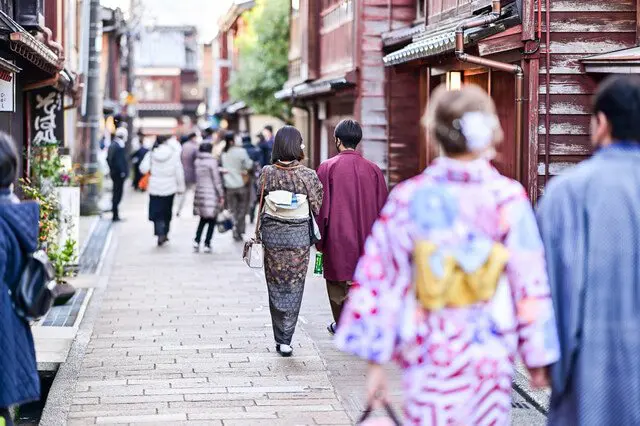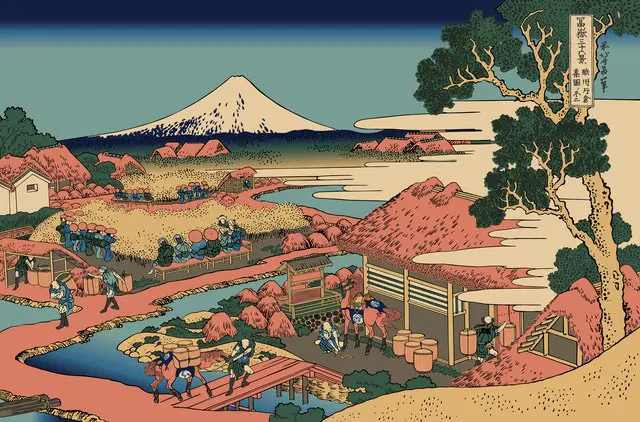The Edo Period - Japanese Encyclopedia

We explore the Edo period - when it took place, the images associated with it, and its connection with modern Japan and Japanese people.
The Edo period refers to the time in Japanese history from 1603-1868. For many Japanese people, the first image that comes to mind when they think of this era is not dissimilar to the image that many visitors hold of Japan. They think of people wearing kimono with intricate up-dos, and/or of shogun and samurai - the respective leaders and subordinates of the military.
Familiar Even to Modern Japanese People

Photo by Pixta
For Japanese people in the modern day, the Edo period is a world found in school textbooks, films, and television programs, but it shares a surprising affinity with the image of modern Japanese people. Although their hairstyles and clothing may have changed, their active enjoyment of all things new has remained.

Photo by Pixta
For example, it was during this peaceful period that entertainment such as sumo wrestling, kabuki theater, ukiyo-e artwork, and rakugo comedy became accessible to the common man. Furthermore, stalls where you could buy and eat sushi, tempura, soba (buckwheat noodles), and udon (wheat flour noodles) became extraordinarily popular as Japan's first fast-food joints.
Edo-themed Tourist Destinations

There are many Edo themed attractions across Japan, such as Fukagawa Edo Museum (Tokyo).
What's more, all over the country you can find streets and towns that have retained their Edo aura; they have been preserved so that future generations can learn about the past.
This is the official account of MATCHA's editorial department. Our articles feature useful travel information for visitors to Japan, from how-to guides to recommended places to visit.






































![[Coupon Available] Attention Overseas Winter Sports Fans! Nagano's Sports Depot Has Evolved](https://resources.matcha-jp.com/resize/720x2000/2026/01/05-254819.webp)